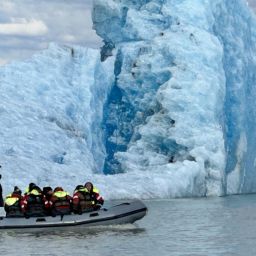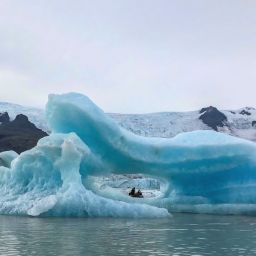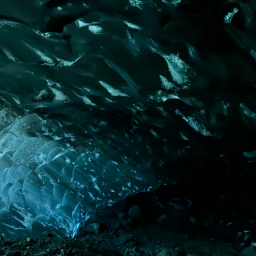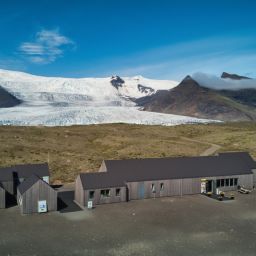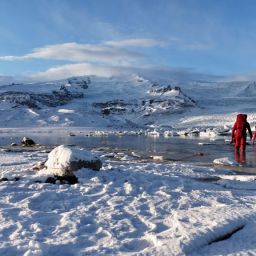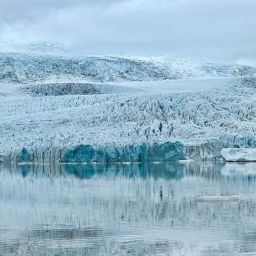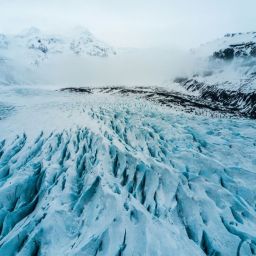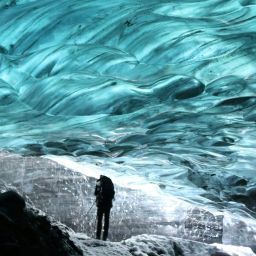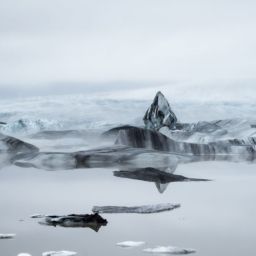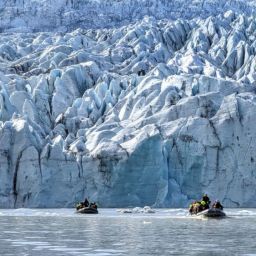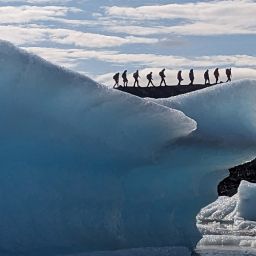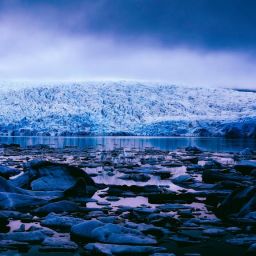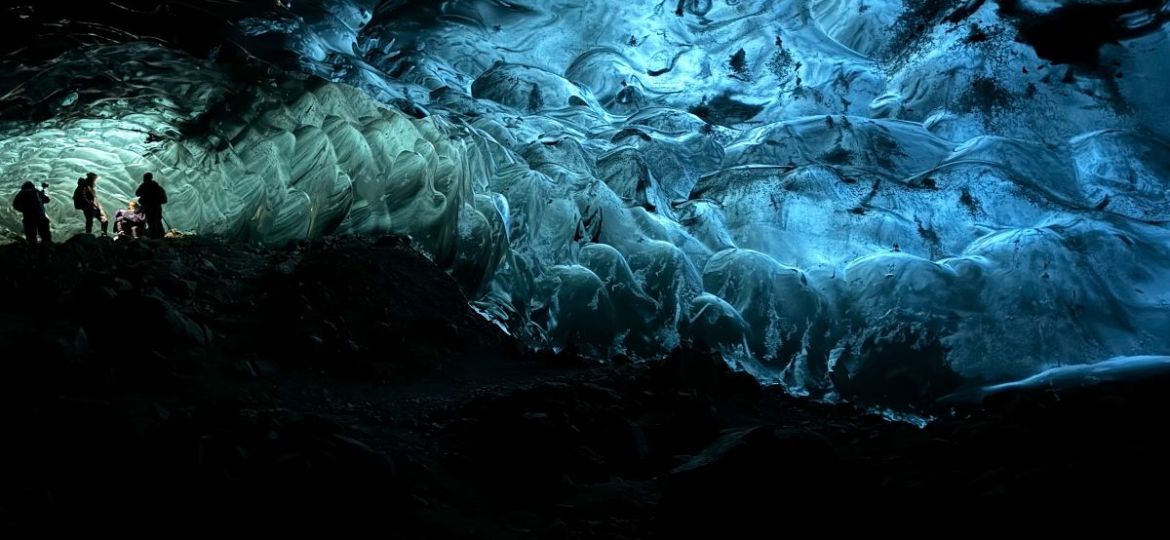
Iceland is packed full of incredible landscapes but even where the bar is this high, a glacial ice cave will stop you in your tracks with its extraordinary beauty. One of the best parts of the country to visit these seasonal landforms is from Fjallsárlón, where we are ideally situated to access the ice caves beneath Vatnajökull’s icy surface. From November to March our guides will lead you to a winter wonderland where you’ll have time to explore this breathtaking subglacial landscape.
But of course an ice cave is not the kind of environment you find yourself in every day, so it’s understandable if you have some questions about what to wear and what to bring. To help you prepare, we have some top tips for packing for your ice cave adventure, so let’s take a look at what you need.
Prepare for the weather
Iceland’s weather is always unpredictable but more so from November to March temperatures can plummet and even during the day you’ll need to dress to keep warm. Of course, the cold weather is what makes it possible to visit an ice cave. Glaciers might appear stationary but in fact they are dynamic landforms, constantly moving. As the temperatures increase in spring, some of the glacial ice turns to meltwater. From then until late autumn, some of this meltwater finds its way into crevasses and moulins (deep holes in the ice) which can make the ice unstable. So we’re actually glad about the cold as it makes it possible for us to visit these blue ice caves as well as it helps keep us safe.
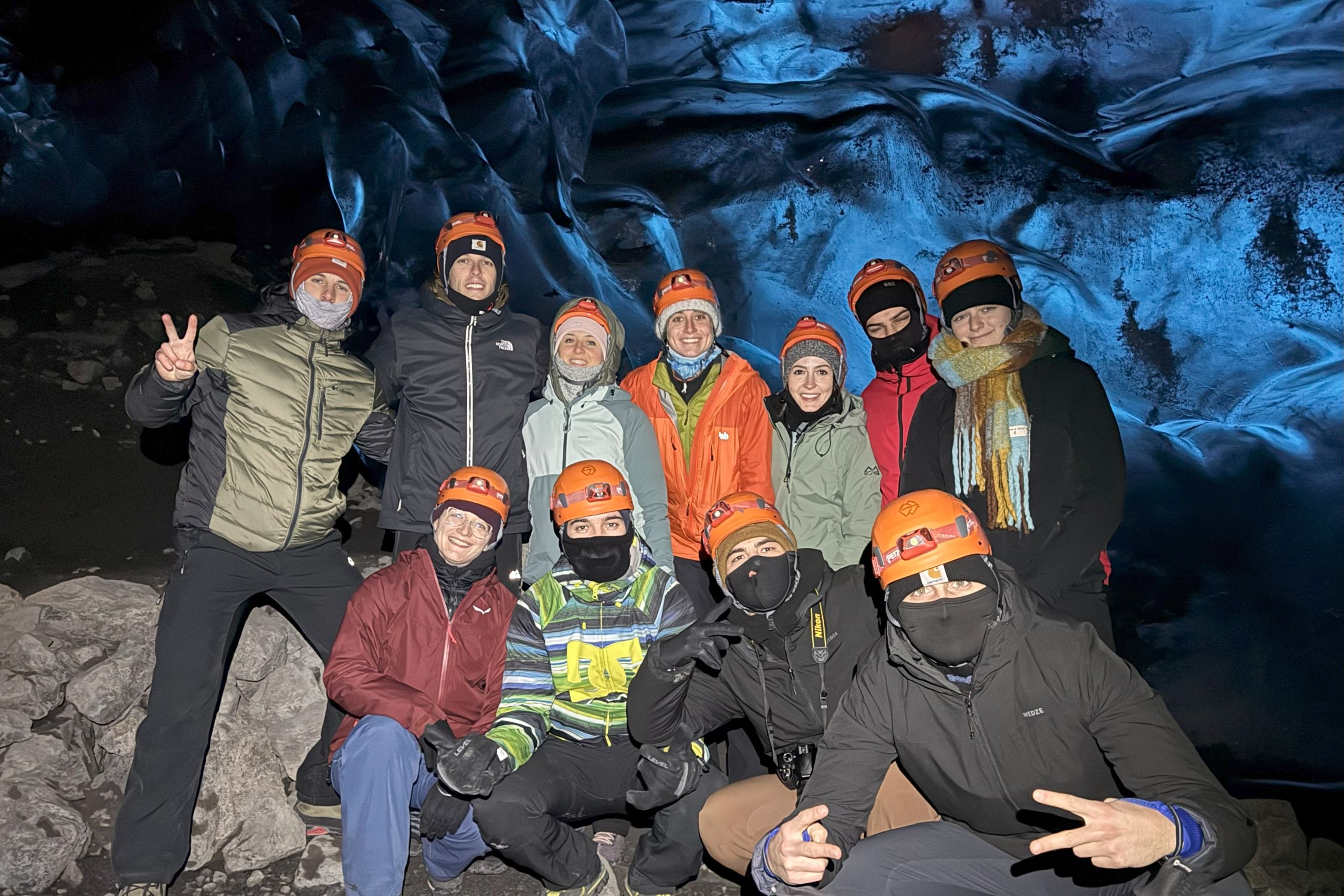
Dress to keep warm
One of the most important things you can do as you prepare for your ice cave adventure, therefore, is to think about the clothing you’ll wear. We probably don’t have to remind you that warm layers are essential. We recommend that you begin with a thermal base layer – a lot of people swear by merino wool but synthetics are also an option. Over this, add other items of clothing, remembering to ensure that they are breathable. The idea is to trap warm air between these layers which helps to insulate your skin and prevent you from feeling cold.
Keep the wind and snow at bay
Outer layers are just as crucial. One of the biggest factors you might have to contend with as you hike to the ice cave is wind. You might be lucky to have picked a calm day but if the wind is blowing it can feel extremely cold out in the open as you hike to the ice cave. Make sure that the coat you’ve chosen is windproof. If it has a hood, ensure that it can be fastened securely around your chin, even if you have to wrap a scarf around your neck to do so. In case of snow or sleet, it’s a good idea that your outer layers are waterproof too.
Check you have a coat with accessible pockets or a small backpack
You’ll want to take a few personal items with you as you hike to the ice cave. Perhaps the most obvious is a camera of some sort – these days most travellers will be content to use their smartphone to take pictures. In this cold environment, the last thing you want to be doing is unzipping outer layers to fish it out, so it’s a good idea to choose a coat that has easily accessible pockets. Better still, make sure these are well-insulated from the cold so that the wintry weather doesn’t drain your battery before you’ve had the opportunity to snap the glittering, magical ice cave.
Make sure you can move easily
If you’re unused to cold weather back home, one of the things you’ll need to bear in mind is that it’s as important to be able to move as it is to stay warm. Some travellers make the mistake of donning so many layers they aren’t as mobile as they need to be. It’s a good idea to have a trial run so that you can adjust your wardrobe if necessary. Many high performance items of clothing are surprisingly thin compared to how warm they can keep you, so this is one instance where you’ll regret not buying the right gear.
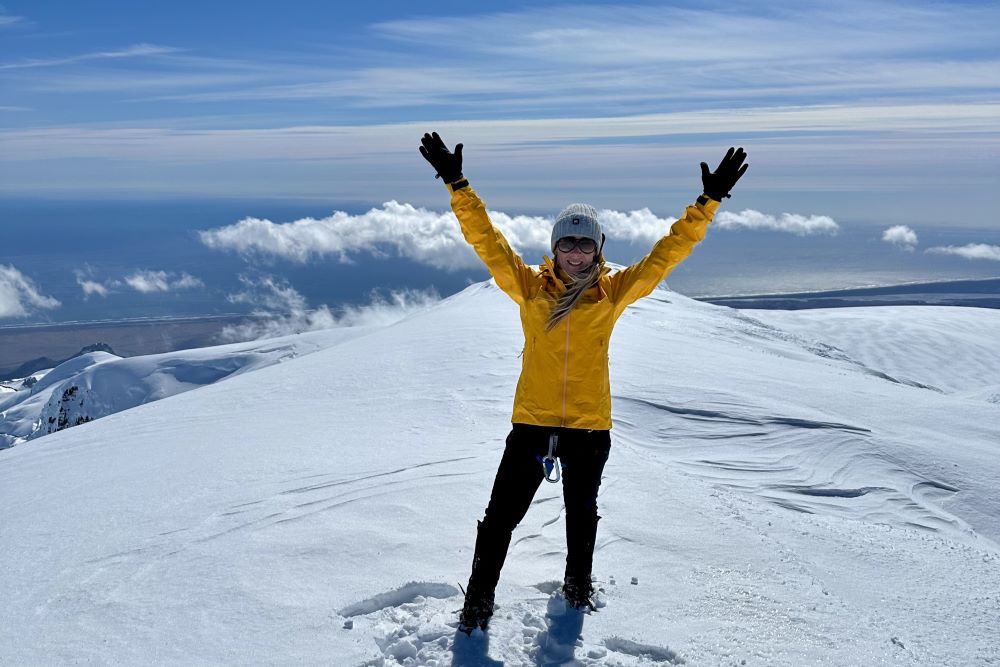
Don’t’ forget your extremities
Hands and feet get colder quicker. Your feet are furthest away from your heart, meaning it can take longer for your blood to circulate through the limbs of your body. In a cold environment, the body will also protect its vital organs – such as the heart – diverting blood flow to the torso and away from your hands. Counteract this with thick socks, preferably wool, and also a decent pair of gloves. If you’re planning to take lots of photos within the ice cave – and we can promise you, you will – then think about investing in a pair of gloves that can be used with a smartphone’s touch screen.
Think about headgear
A close-fitting bobble hat is usually ideal for outdoor excursions in Iceland in winter. On an ice cave adventure, you’ll need to take into consideration that you’ll be wearing a helmet to protect your head in case you slip and fall on the ice. Instead, you might want to consider a beanie hat which will be a smoother layer on which to put the helmet. This will keep your head warm without compromising your safety.
Footwear is equally important
Hiking boots are essential for an ice cave adventure as even though we take you up onto the glacier in our super jeep, you’ll be walking the final leg of the journey. We’ll issue you with a pair of micro spikes or crampons if needed. These are pulled over the soles of your boots to ensure you have the extra grip that you’ll need in order to stay upright. Some travellers like to bring their own crampons or micro-spikes for their winter trip. If it turns icy, they’ll come in handy even on the city streets of Reykjavik. Good hiking boots can be rented at Fjallsarlon if you do not have a pair yourself.
Food and drink
On long hikes, it makes sense to carry provisions, but in this instance the total length of Vatnajokull Premium Ice Cave tour is only about three, and some of that will be spent in the super jeep travelling up to where your guided hike will start and back. Though you may wish to bring some water, it’s best to leave bulky day packs behind. The tunnels leading to the ice cave can be narrow and low, so you’ll be able to manoeuvre much more easily if you aren’t carrying a big bag. At the end of your tour we’ll give you a bowl of delicious tomato soup to warm you up. Of course, before or after your tour, Frost restaurant at Fjallsárlón iceberg lagoon is the ideal place to have a hot drink or more substantial meal.
Stepping inside an ice cave is one of the most magical adventures you can have during your stay in Iceland. The blue, translucent ceiling and walls of the ice cave are jaw-droppingly beautiful, while the formation of the ice itself is also captivating. This is one excursion you’ll remember long after you return home after your winter Iceland vacation, so why not take a look at our website and book yourself a place?
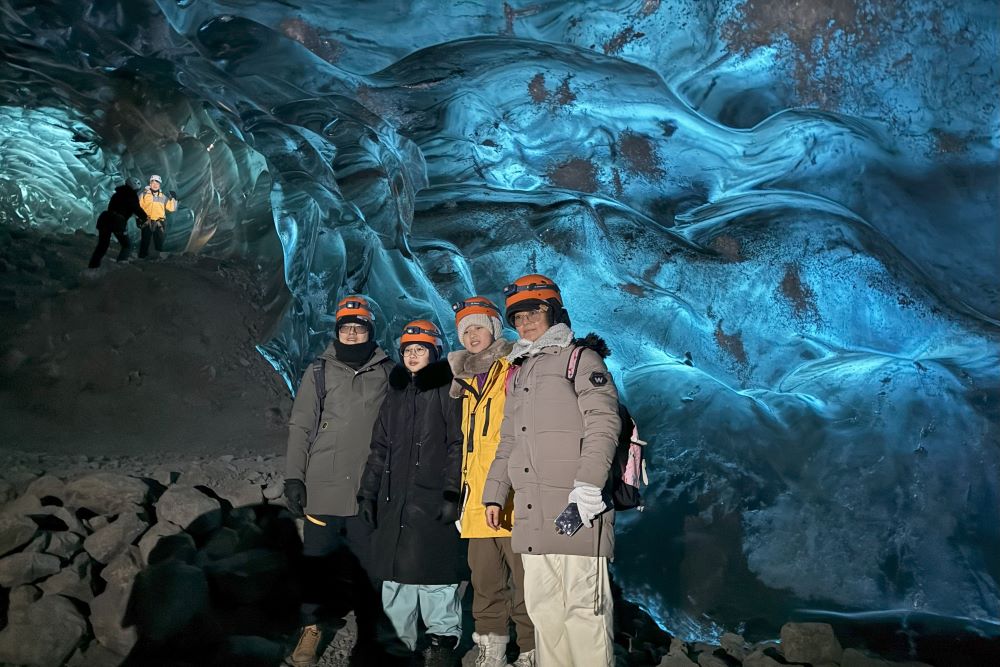
VATNAJOKULL PREMIUM ICE CAVE TOUR
In only a year we have had over 900 amazing 5-star GOOGLE reviews for our Glacier Tours. The reason we believe our tours are getting such great feedback is that we focus on a small group tour, we try to avoid the times when other tour operators are going to the ice cave (early morning and early afternoon departures). There are thirty tour operators offering tours in the area so the caves can get very crowded. We have the best check in facilities in the area and offer hot drink and warm tomato soup before or after the tour. Our aim is always to provide professional yet personal service from when guests arrive for check in until they leave. Parking at Fjallsarlon is free of charge.
After or before going on an adventure ice cave tour from Fjallsarlon basecamp we recommend that you do take a few minutes and walk to Fjallsarlon Glacier Lagoon. The view over the frozen lagoon is breathtaking during winter also. In summer we offer zodiac boat tours on the lagoon and glacier hikes above the lagoon away from mass tourism. We also recommend that you visit the Diamond Beach and Jokulsarlon Glacier Lagoon on your travels.


